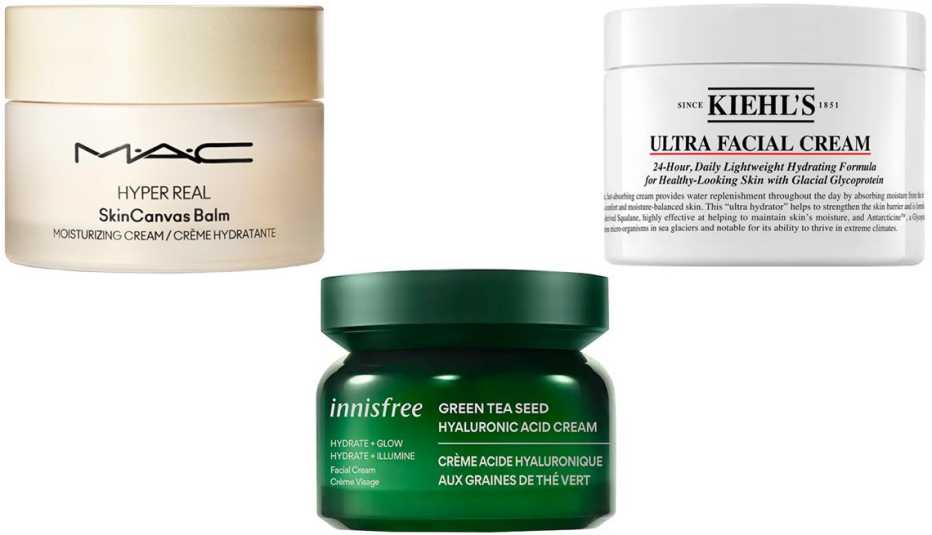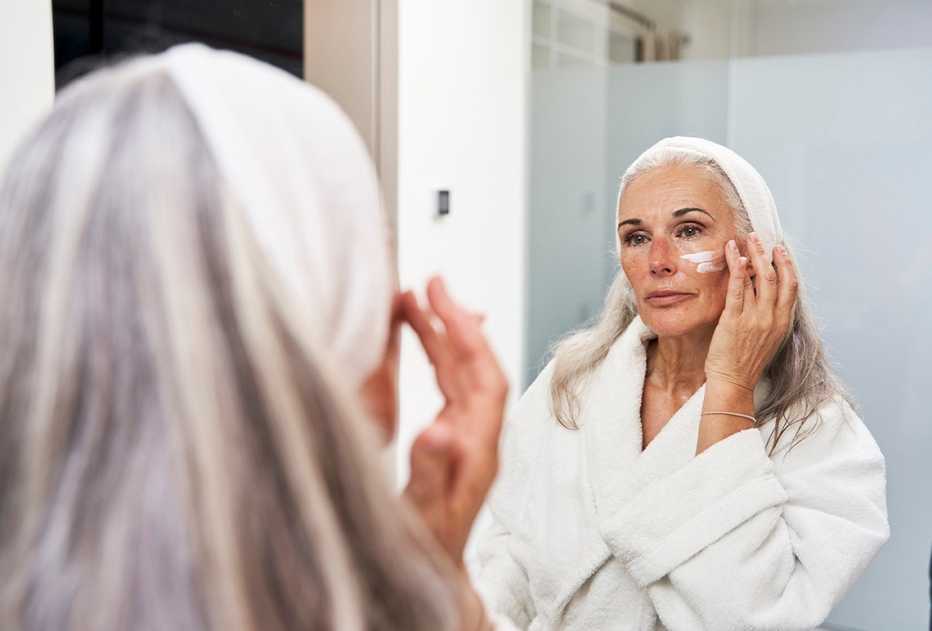AARP Hearing Center
Is your face cream doing enough? Is it doing anything? Applying moisturizer used to be a feel-good experience for complexion and psyche. Now, thanks to social media hype and puffed-up brand marketing, it’s a stress-maker causing 50-plus women to peer into their mirrors expecting dermatological miracles. I’m a beauty editor with 40 years of experience testing and reporting on moisturizers of every price and formula, from Olay to La Mer. Here are my tips to finding your next best thing.


1. Ignore the hype and grapevine gossip
Sorry, but your best friend, your sister-in-law and TikTok influencers don’t share your personal skin care history or issues. Their skin may look amazing, but that doesn’t mean their moisturizer will have the same affect on you. Stay informed about new creams, of course, but don’t fall for them too fast or rule out high-performance oldies that target dry, mature skin. Pay attention to your face. The way it reacts to your current moisturizer will tell you when to move on, what to avoid and what to look for next. For example, your skin may respond better to peptides than retinol, prefer a gel cream to a super-rich one, or just react better to a fragrance-free drugstore brand better than a scented fancy one.
2. Recognize the red flags of a bad moisturizer
Too often women toss a perfectly good moisturizer due to impatience. It can take six to eight weeks to see visible results from a new face cream. However, there are very good reasons to stop using your current moisturizer (new or old) and choose another. If you’re breaking out or your skin stings, feels itchy or shows signs of increased redness or sensitivity, move on! If your complexion isn’t responding anymore and looks drier, duller, splotchier or bumpier than ever, don’t hesitate to make a change.




3. Stick with proven ingredients for soft, dewy skin
It’s easy to get sidetracked by buzz and dramatic claims. No moisturizer will deliver facelift-like firming and lifting or filler-like plumping. Instead, focus on finding a cream with the realistic goal of smoother, fresher, dewier skin via proven ingredients. Look for humectants like hyaluronic acid, glycerin, urea and aloe vera that pull in water to plump up lines; emollients like ceramides, omega-3 and 6 fatty acids, squalane, shea and cocoa butter, and other plant oils and butters to soften, smooth and repair the skin’s barrier and seal all in; and peptides to boost collagen renewal. Everything else is gravy. PS: You don’t need a chemistry degree to find these ingredients; they are listed in order of quantity and potency, so check top-of-listers first.































.jpg?crop=true&anchor=13,195&q=80&color=ffffffff&u=lywnjt&w=2008&h=1154)




































More on Beauty & Style
Are Celebrity Beauty Brands Worth a Try?
Idris Elba, Hailey Bieber and Brad Pitt join the growing number of stars with beauty and skin care lines
‘Skin Flooding’: Is TikTok’s Latest Viral Trend Right for Women Over 50?
Plus: Get a peek at Martha Stewart’s ‘unfiltered’ selfie
Skin-Care Tips From Black Women Dermatologists
Docs unveil their personal skin care stash